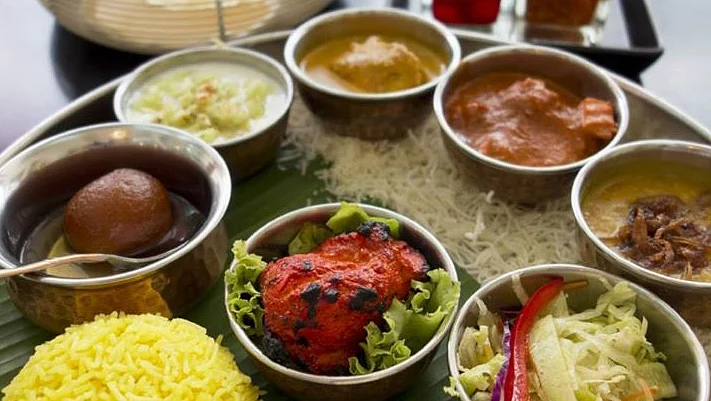Simple calculus; Indian food is all a mathematical game of spices.
And, so, when IIT Jodhpur decides to mathematically tell us what makes Indian food different – that perhaps makes for a good one minute read.
Indian food is all about mix and match
Wonder why phoren food tastes subtle – as opposed to our desi bazookas, laden with spices.
In the art of food pairing, North American and West European countries go largely matchy-matchy. In scientific terms, they use ingredients with common flavour compounds.
In their cuisines, milk, butter, bread, rice, cottage cheese and cream, are more likely to go together.
Their idea of food is that using ingredients with common flavour compounds tastes better. This is what the study calls the positive food pairing hypothesis.
But Indian food is typified by ‘negative food pairing’, which essentially means that we believe in a lot of mix and match. We mix ingredients even if they don’t have common flavour compounds.
The report by the researchers at IIT Jodhpur, has also identified the ingredients that give the biggest kick to Indian food.
Lal Mirchi gives the most punch to Indian food, with a negative food pairing index of -0.138, followed in decreasing order by capsicum (-0.134), coriander (-0.078), garam masala, tamarind, ginger garlic paste, ginger, clove, and cinnamon (-0.044). That’s a lot of spice, spice, baby...
(At The Quint, we question everything. Play an active role in shaping our journalism by becoming a member today.)
